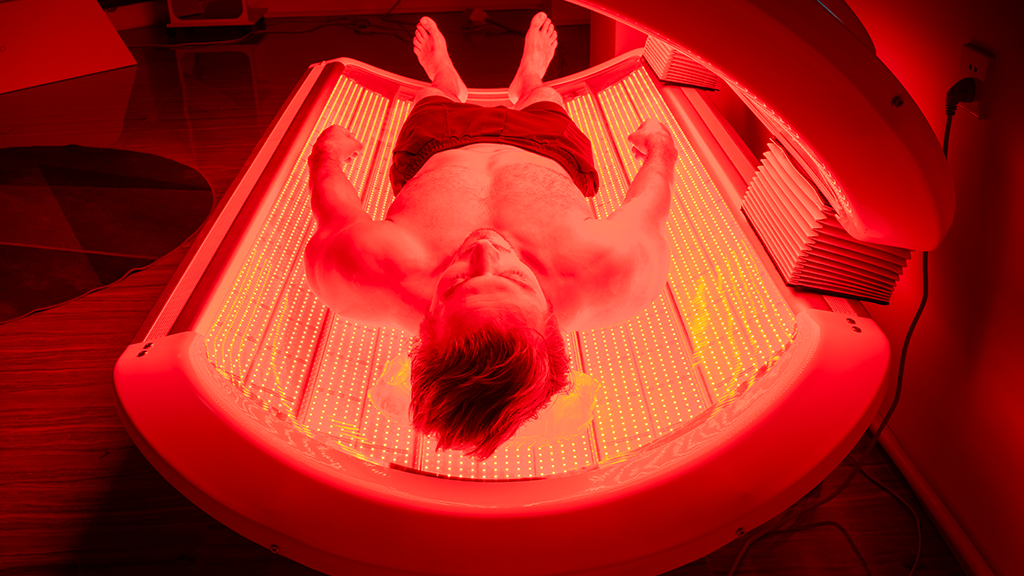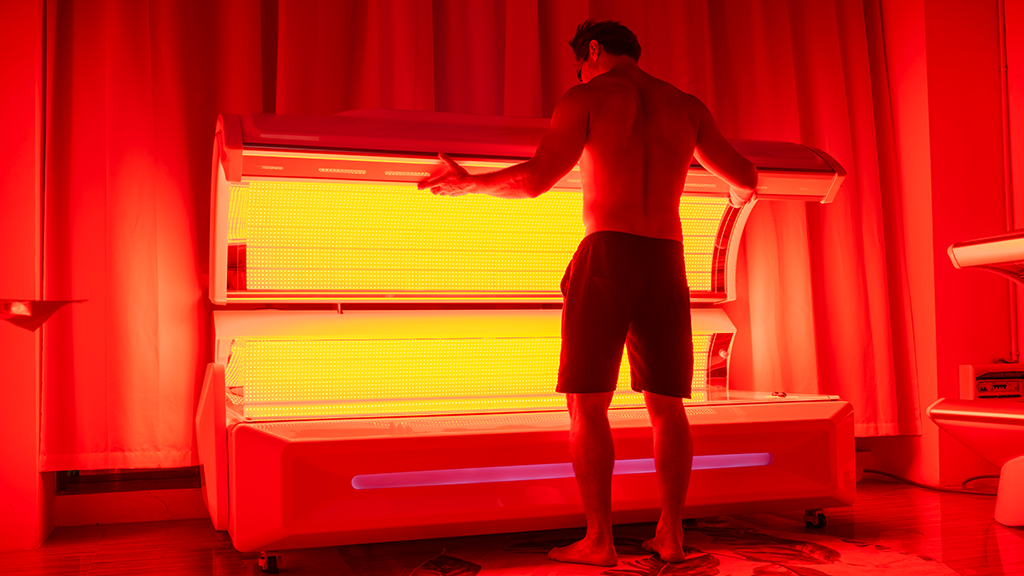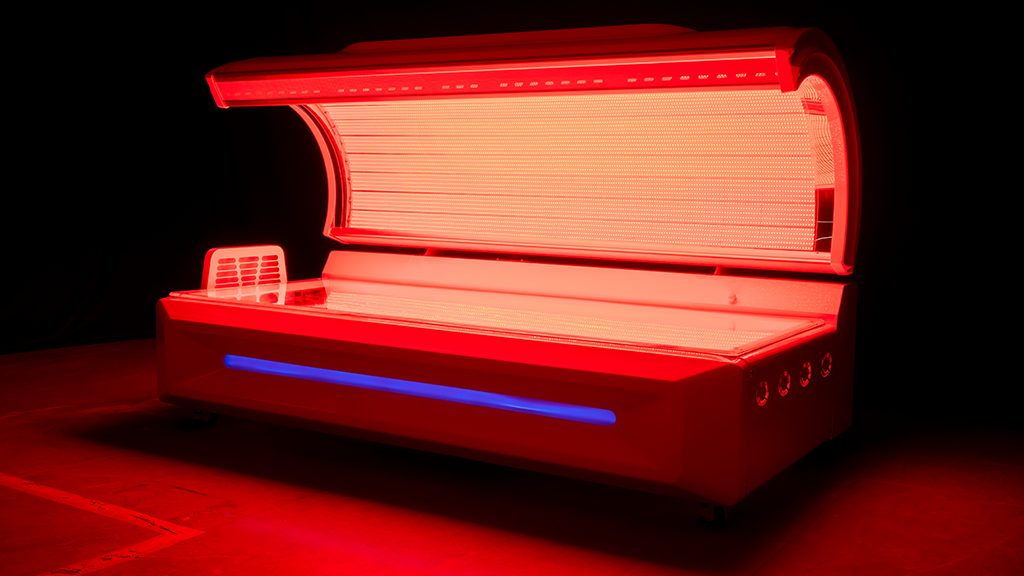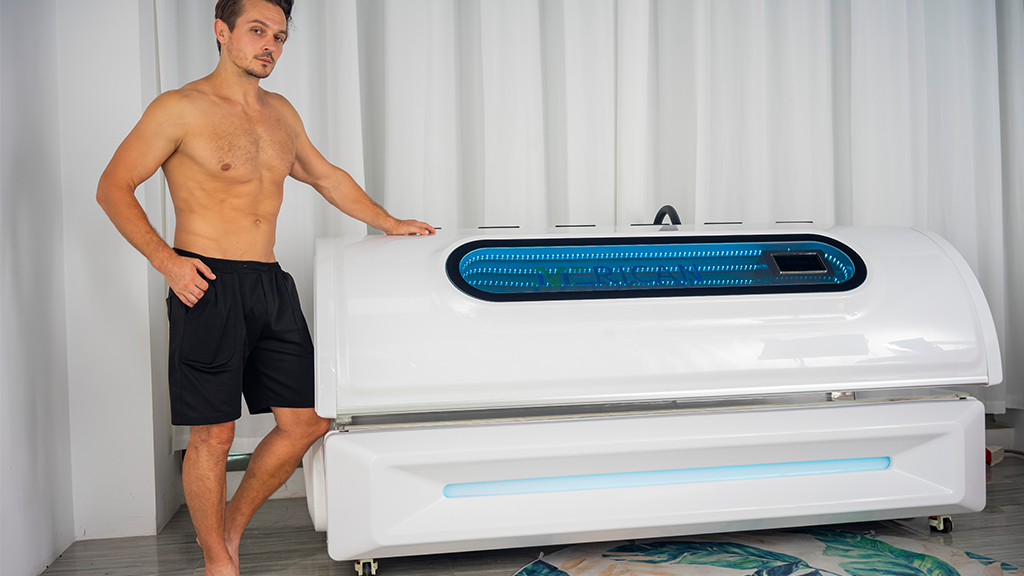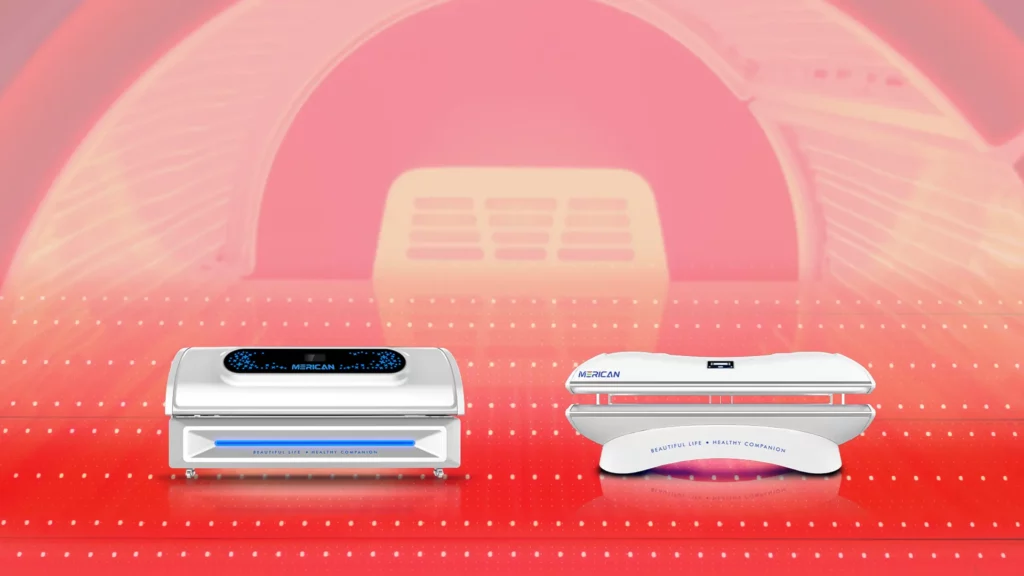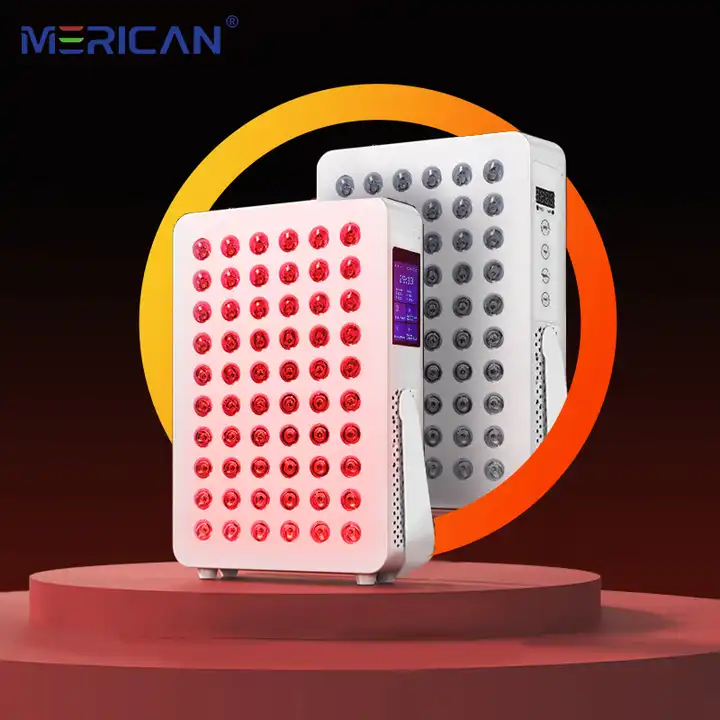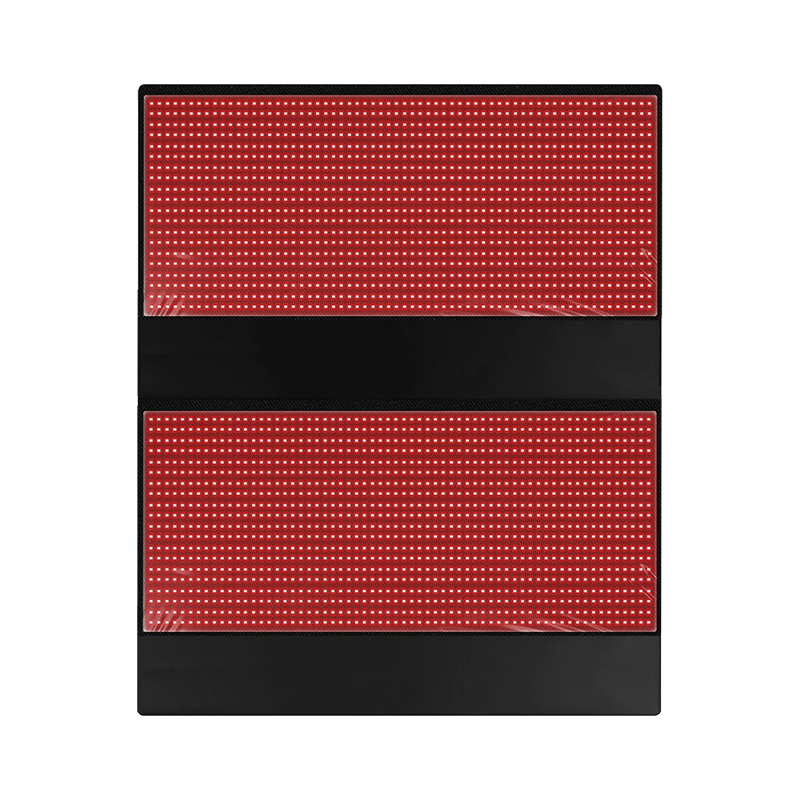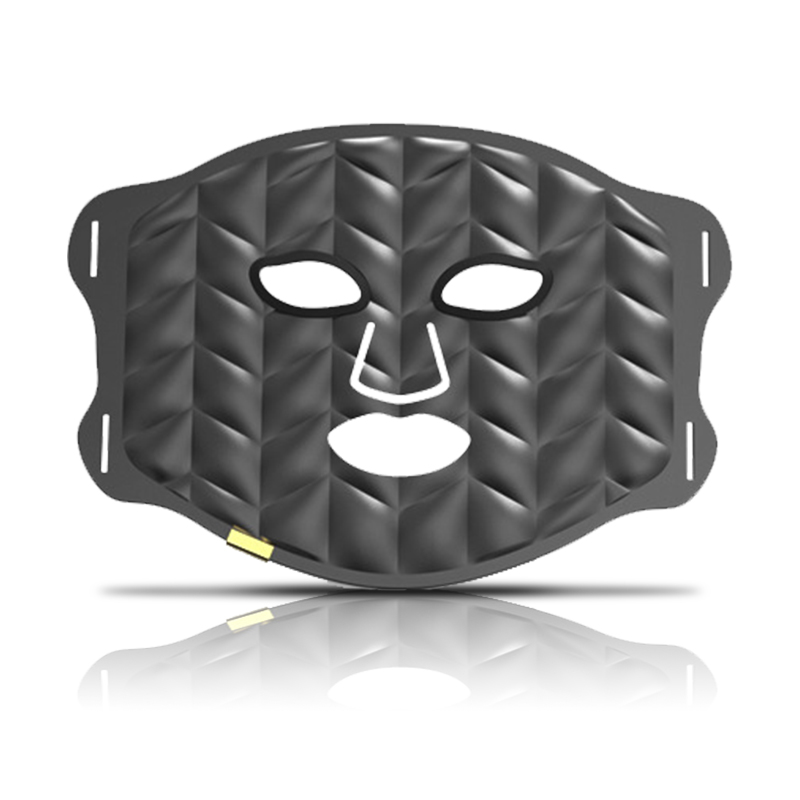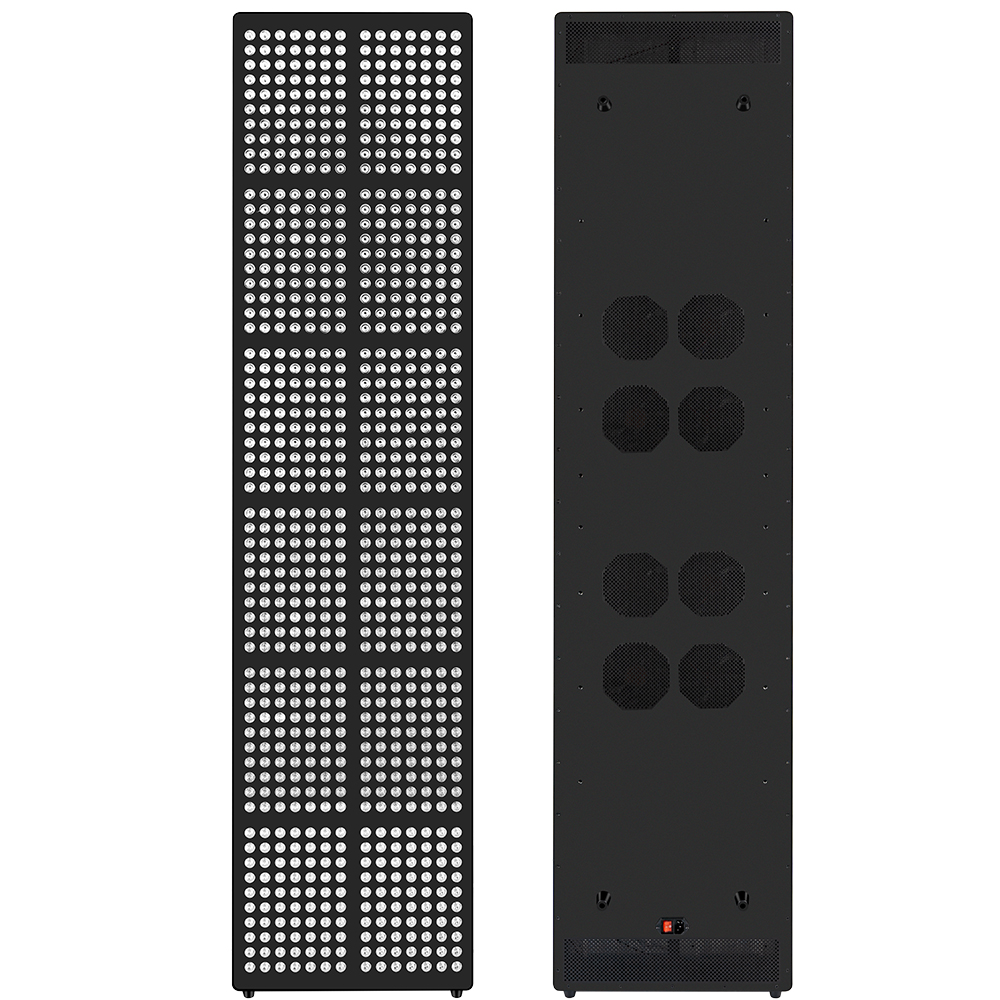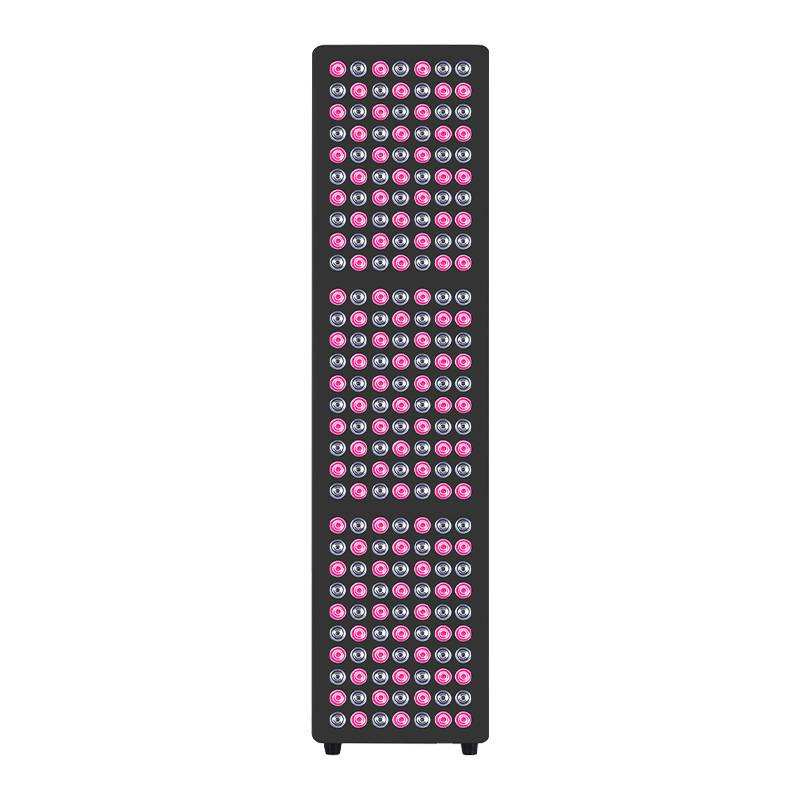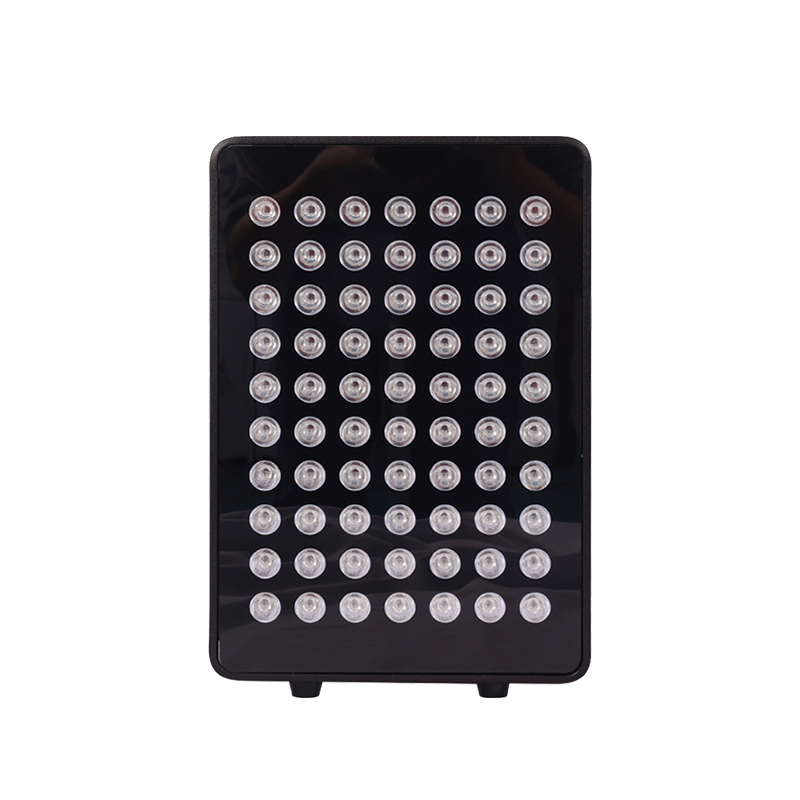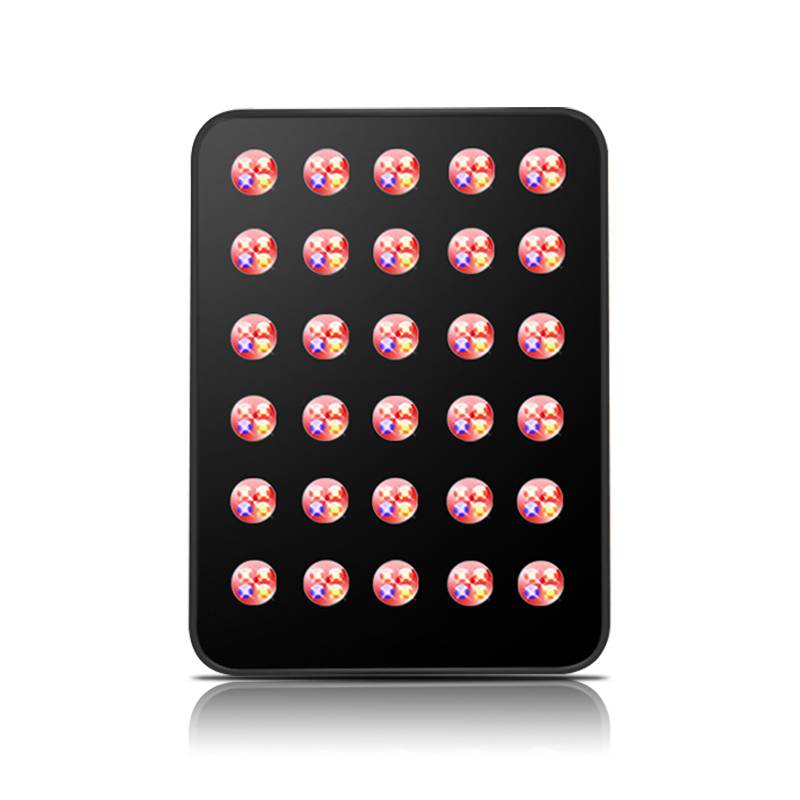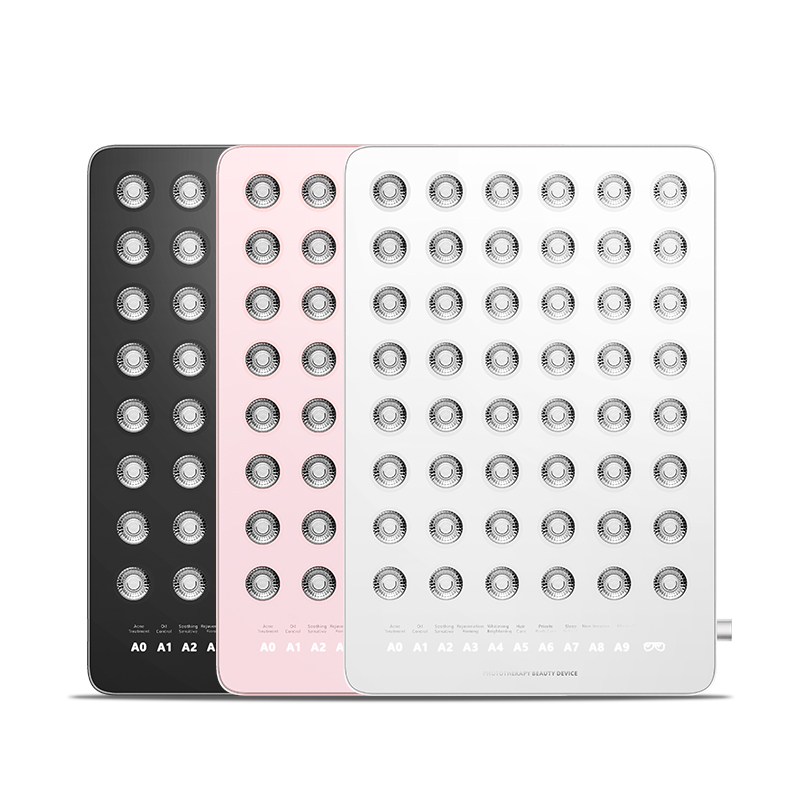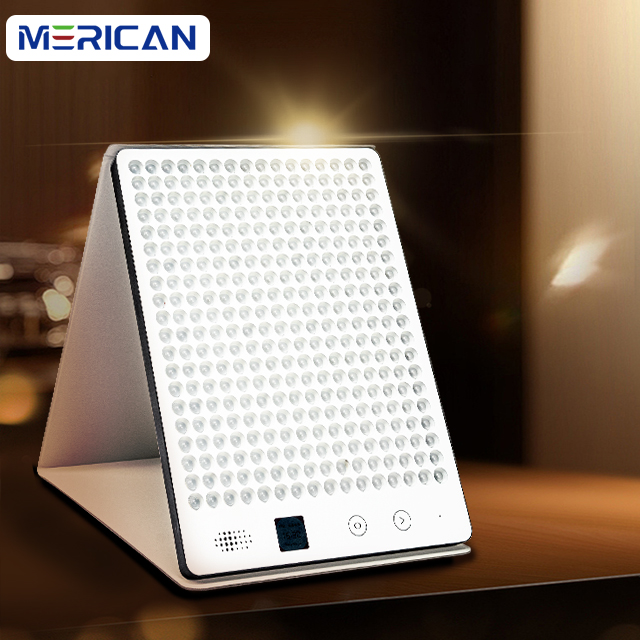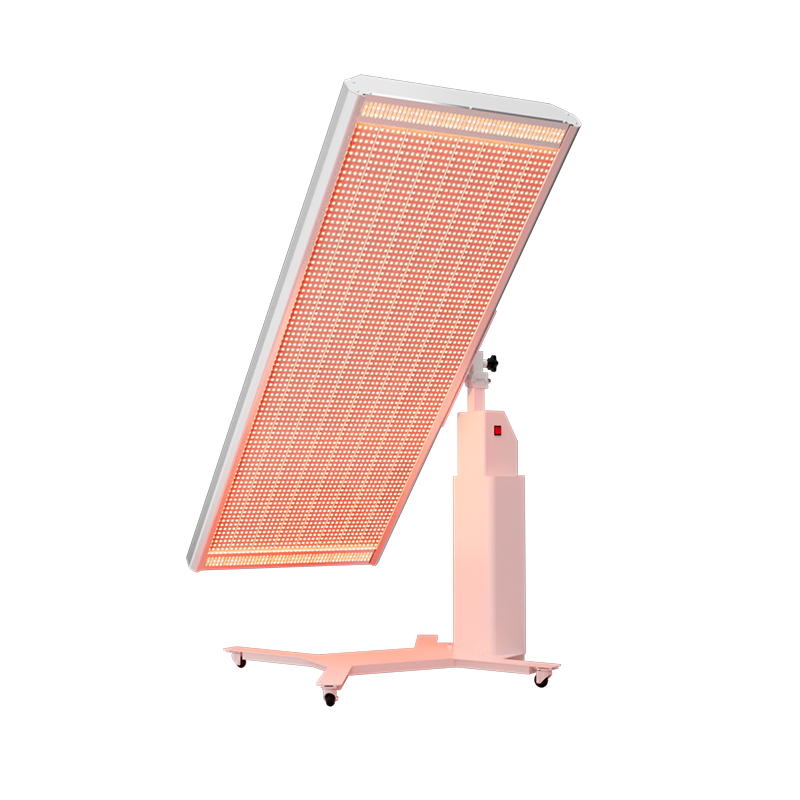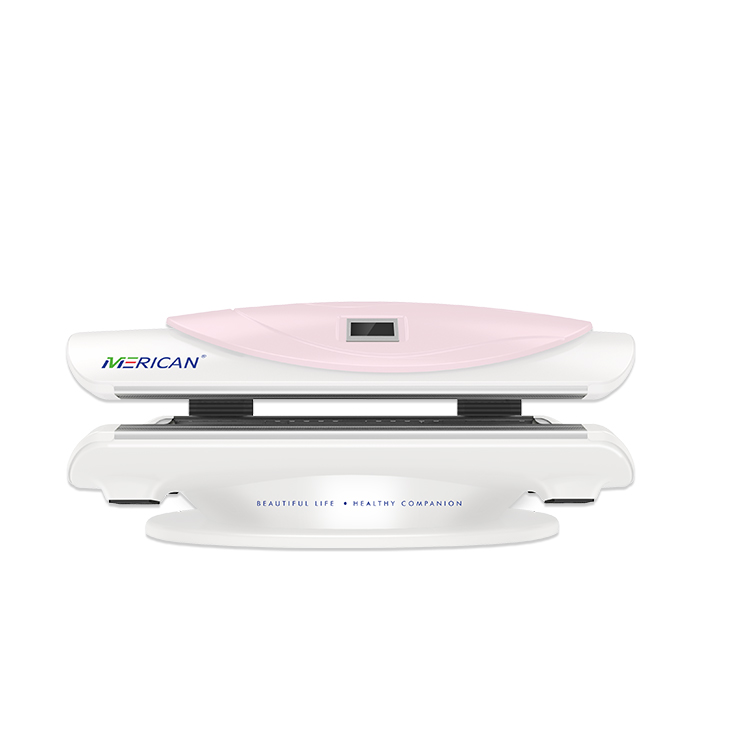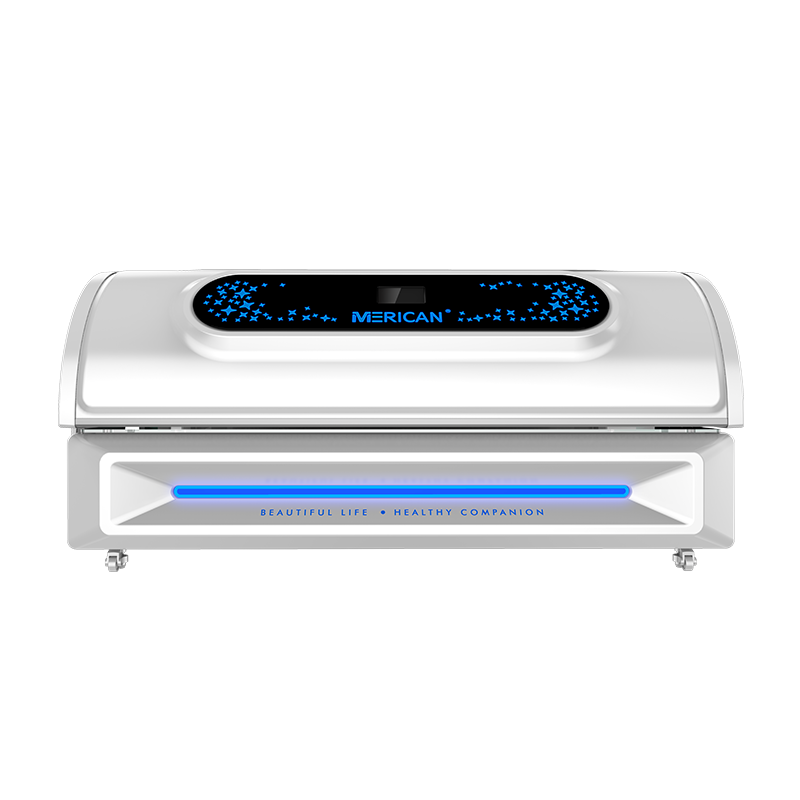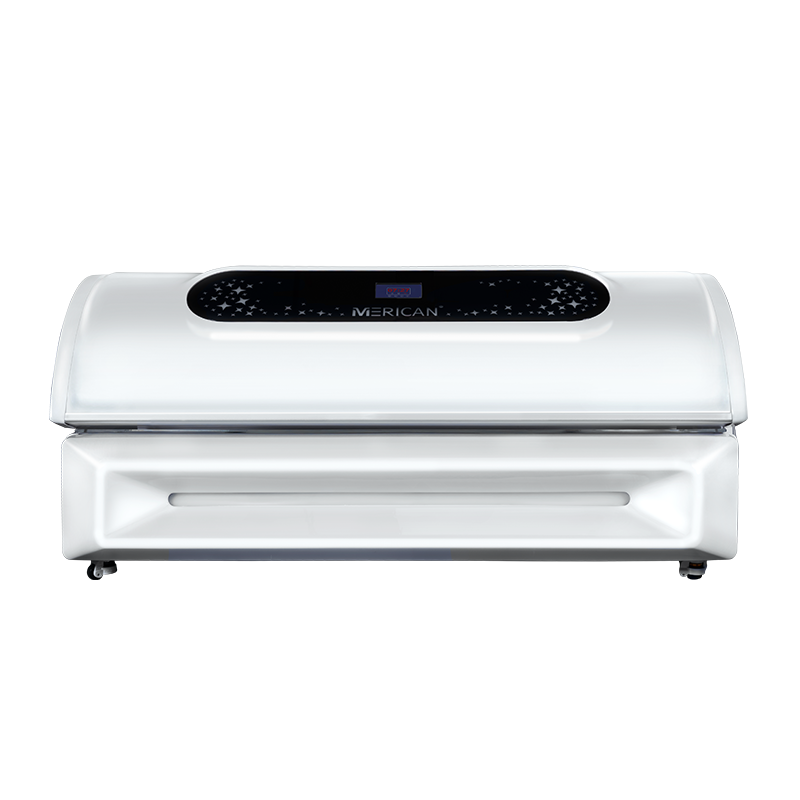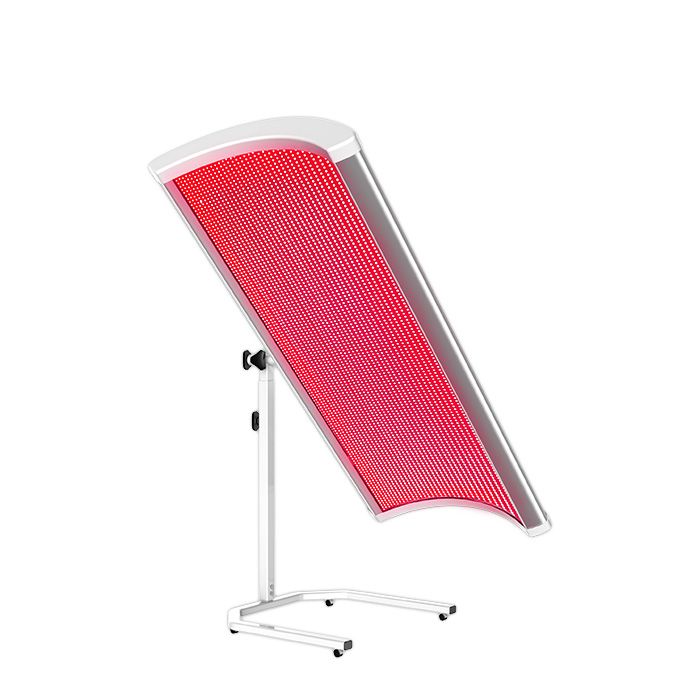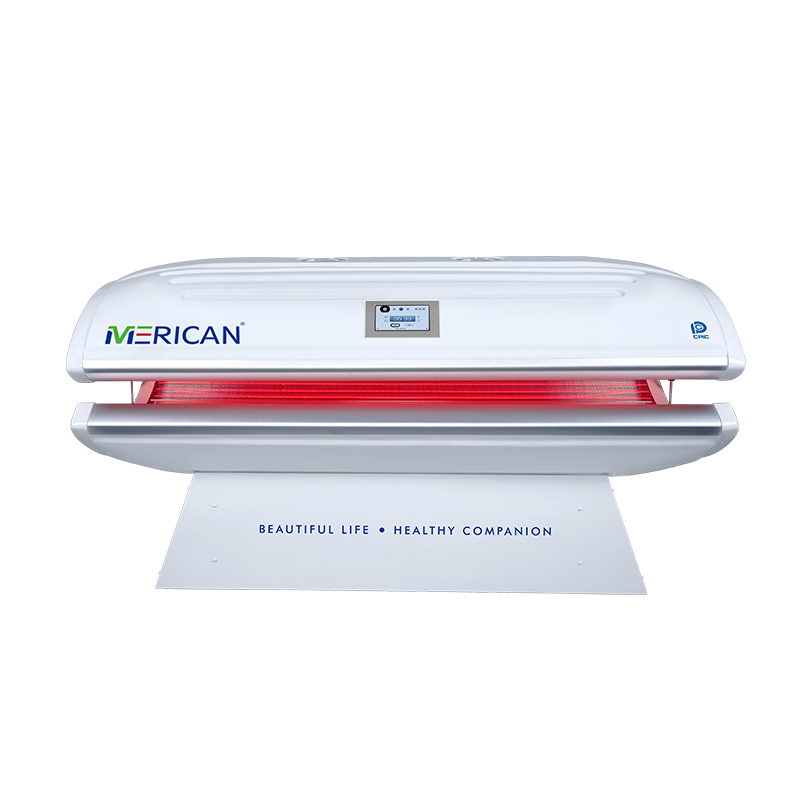Terapia de luz infravermelha próxima (Terapia NIR para abreviar) é um método de tratamento do corpo humano com luz infravermelha próxima (a faixa de comprimento de onda é geralmente entre 700 nm e 2500 nm, mas as faixas comumente usadas são 600nm a 950nm ou 900nm a 1800nm). A terapia de luz infravermelha próxima é um tipo de terapia de luz, através da irradiação de luz infravermelha próxima, usando seu efeito penetrante e quente em tecidos humanos, para atingir o objetivo de tratar ou melhorar certas doenças e sintomas.
Princípios da terapia com luz infravermelha próxima
Depois de irradiar o corpo humano, a luz infravermelha próxima é capaz de penetrar na camada superficial da pele e entrar no tecido subcutâneo ou mesmo em tecidos mais profundos. Seu efeito de aquecimento pode promover a circulação sanguínea local e aumentar a permeabilidade dos capilares, melhorando assim a nutrição e o metabolismo dos tecidos. Além disso, a luz infravermelha próxima também pode promover o metabolismo celular, melhorar a atividade celular e a capacidade regenerativa, e ajudar na reparação de tecidos e na cicatrização de feridas.
Qual é a diferença entre terapia de luz, Terapia com luz vermelha, e terapia infravermelha próxima?
A fototerapia é a exposição à luz mais brilhante do que a luz interna e é usada para ajudar nas habilidades cognitivas que podem sofrer devido à depressão., Transtorno afetivo sazonal, ou distúrbios do sono. Se você já ouviu falar de uma “caixa de luz,”ou se você tiver um em sua casa, esta é uma forma de terapia de luz. Expor as pessoas à luz por 30 minutos a algumas horas por dia podem ajudar a estimular uma mudança nos níveis de substâncias químicas e hormônios no corpo que afetam o humor. Nosso corpo usa sinais luminosos para cronometrar certas funções, como dormir, acordar e assim por diante. Como dormimos, quão ativos somos, e como nos sentimos são regulados pelo nosso relógio biológico interno. Se o nosso estiver desligado, nossos níveis de energia, capacidade de dormir, e o humor são afetados! É aqui que a fototerapia pode ser útil.
A fototerapia está na parte visível do espectro de luz (entre 400 nm para 480 nm). Embora um pouco diferente da terapia de luz colorida, a fototerapia pode ajudar a regular os padrões de sono, melhorar o humor, aumentar o desempenho cognitivo, e regular os hormônios.
Luz Vermelha vs.. Terapia infravermelha próxima
A terapia da luz vermelha e a terapia da luz infravermelha próxima caem em um espectro de luz totalmente diferente. Os dois são frequentemente confundidos como a mesma coisa, mas na verdade são bem diferentes. A luz vermelha cai na parte visível do espectro de luz entre 630-700 nm na escala eletromagnética e é usado para tratar a superfície da pele. Os comprimentos de onda do infravermelho próximo caem na parte invisível do espectro de luz entre 700 e 1200 nm. Então, o que isso significa? Quanto maior o comprimento de onda, quanto mais profunda for a penetração para fornecer energia às células, estimulando a cura e aliviando a dor. Vários tipos de células e tecidos têm seus próprios métodos exclusivos de absorção de luz em comprimentos de onda variados.. Isso significa que certos tecidos absorvem certos tipos de luz. Por exemplo, a luz que vibra no comprimento de onda azul é ótima para a pele, enquanto outras cores podem penetrar mais profundamente na pele – veja LEDs no estudo de Dermatologia.
A tecnologia NIR ideal é feita por LED, pois você é capaz de controlar a temperatura da superfície. Além disso, o LED se dispersa em uma área de superfície maior do que uma luz vermelha halógena ou laser. Another major difference between LED and halogen and Laser is the way light energy is delivered (optical power output – OPD). The OPD of LED Near is measured in milliwatts and laser and halogen are measured in watts. This allows LED to have a more gentler delivery as it will not damage tissue and will not have the same risk of accidental eye injury. Also LED NIR disperses over a greater surface area giving a faster treatment time.
NASA research has found that the NIR electromagnetic frequency band of energy penetrates deeply into the body and can have a healing effect on our individual cells. Por exemplo, inside the mitochondria of every cell are receptors that respond to near-infrared wavelengths. The light triggers an increase in cell metabolism, protein synthesis (including collagen), and anti-oxidant activity (meaning the cells detoxify). Adicionalmente, it reduces inflammation and pain while simultaneously triggering growth and regeneration in the cells.
In short, light therapy affects mood, ritmo circadiano, and other body processes, while Near Infrared Therapy acts as a pain reliever and cell rejuvenator – two VERY different forms of energy, but both beneficial.
Benefits of Near Infrared Therapy:
- Melhorar a circulação sanguínea: NIR light irradiation can dilate blood vessels, promote blood circulation, and increase blood flow, thus improving nutrition and oxygen supply to local tissues.
- Promote the dissipation of inflammation: By increasing the phagocytosis and metabolic activity of cells, NIR light helps to eliminate inflammatory mediators and swelling and promotes the dissipation and absorption of inflammation.
- Aliviar a dor: NIR light irradiation can reduce the excitability of nerves and decrease the transmission of pain signals, thus providing pain relief.
- Promote tissue repair: NIR light can accelerate the proliferation and differentiation of cells such as fibroblasts, endothelial cells, and keratinized cells, promoting tissue repair and wound healing.
- Antienvelhecimento: NIR light therapy can also improve skin texture and promote collagen production, helping to reduce wrinkles and discoloration and achieve anti-aging effects.
Applications of Near Infrared Light Therapy
Near-infrared light therapy has a wide range of applications in the medical field, including but not limited to the following:
- Surgical care: for post-surgical wound healing, controle de inflamação, cicatrização de feridas, etc..
- Burn care: for burn patients, NIR light therapy can promote the healing of burn wounds and reduce the risk of infection.
- Beauty field: for skin whitening, tightening, antienvelhecimento, and other beauty programs.
- Tratamento da dor: For chronic pain patients, NIR light therapy can be used as a non-invasive pain management method.
To summarize, near-infrared light therapy is a method of using near-infrared light to treat the human body, which has a variety of effects, such as improving blood circulation, promoting the dissipation of inflammation, aliviando a dor, e promovendo a reparação tecidual. It has a wide range of application prospects in the field of medicine and cosmetology.
Próximo, We introduce one of our main products: Home Use Beauty Machine Full-Body Red Light Therapy Infrared Bed with 660nm & 850comprimentos de onda nm

Our factory is proud to offer an innovative phototherapy bed that provides a range of health benefits through its combination of red light and near-infrared wavelengths. With each wavelength independently controlled, you can customize your treatment to suit your specific needs and preferences. Our phototherapy bed is perfect for use in salons, spas, centros de bem-estar, and in the comfort of your own home.
Características
1. Red Light 660nm + 810nm 850nm 940nm Near-infrared Light 4 wavelength combination
2. Independent control of each wavelength
3. 1-10000Hz pulsed adjustable
4. Built-in timer, easy control
5. High-quality and affordable price
6. We offer OEM & ODM service
7. Low Mini Order Quantity, the MOQ is 1 definir
8. We are a reliable factory that provides high-quality products.
If you have more product inquiries, quote now!

